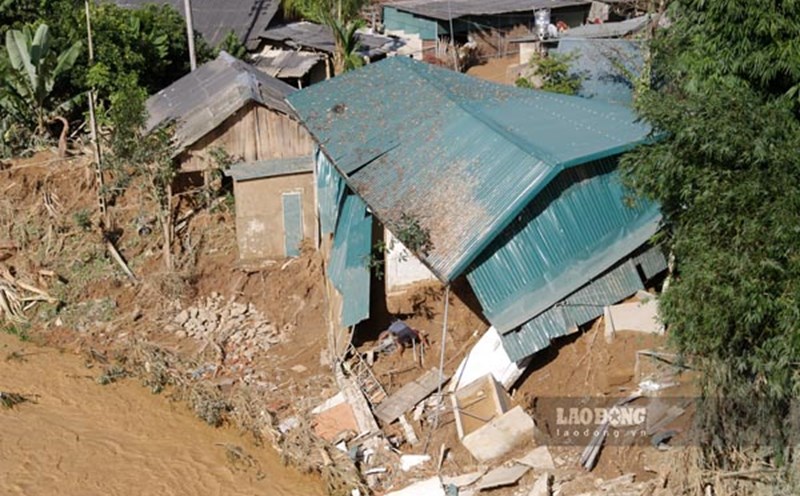Nursing human resource crisis
According to Prof. Dr. Tran Binh Giang - Chairman of the Vietnam Surgery Association, modern nurses also participate in scientific research, contribute to highly applicable initiatives, contributing to improving treatment effectiveness and the quality of patient care. However, nursing human resources in Vietnam are at an alarming level.
Statistics from the Vietnam Nursing Association show that by 2024, the rate of nursing in our country will only reach 18 people/10,000 people - a figure not only lower than the global average but less than 1/8 compared to developed countries.
The Vietnam Nursing Association aims to increase the nursing rate to 25/10,000 people by 2025 and reach 33/10,000 people by 2030. However, this target is still not enough to meet actual needs.
According to the Ministry of Health, in the period of 2021 - 2030, the Vietnamese health system needs to add about 173,400 doctors and 313,900 nurses. Without appropriate attraction and treatment policies, the risk of serious nursing shortages will directly affect the quality of health care for the entire population.
Vietnam aims to have 15 doctors/10,000 people by 2025, this number will increase to 35 doctors by 2050. Medical human resources must meet professional and ethical requirements, so they need to be selected, trained, used and given special treatment...
This is one of the main contents stated in Decision No. 869 of the Ministry of Health approving the "Project for developing medical human resources for the period 2023-2030, with a vision to 2050".
Medical staff need more motivation from income
While the pressure of work is increasing, many health workers are having to work with incredibly modest allowances: Only VND18,000/shift, VND40,000-150,000/surgery, supporting rural health is even less than an office lunch.
Implementing the salary reform policy, the Ministry of Health is urgently developing and submitting to the Government for promulgation two important Decrees. One is the Decree on preferential allowances according to occupation (replacing Decree 56/2011/ND-CP), expected to be completed in December 2025. The second is the Decree on special allowances, anti-epidemic allowances and support for grassroots health workers, expected to be completed in September 2025.
"The Ministry of Health is seeking opinions on a draft Decree to replace Decree 56/2011/ND-CP, proposing to adjust preferential allowances according to occupation for civil servants and employees at public health facilities, in accordance with the epidemic situation and the actual human resources of the health sector.
The draft divides 5 allowance levels: 70% for people working with phong trao, tuberculosis, HIV/AIDS, group A infectious diseases, intensive resuscitation, forensic medicine, and disadvantaged areas; 60% for work related to other infectious diseases, emergency care, chemotherapy, radiotherapy, quarantine; 50% for anesthesia, pediatrics, burns, dermatology, clinical pharmacy; 40% for activities such as testing, rehabilitation, and occupational health; 30% for health communication, professional work at schools and agencies.
Contracting employees according to Decree 111/2022/ND-CP can also be considered for allowances within the prescribed limit. The policy aims to attract and retain medical human resources, especially at the grassroots level" - Minister Dao Hong Lan said.
Notably, the Ministry of Health also proposed to arrange salaries at level 2 immediately upon recruitment for doctors, preventive medicine doctors and pharmacists to attract high-quality human resources. However, seniority allowances will not continue in the spirit of overall reform in Resolution 27-NQ/TW.
Currently, the Ministry of Health is coordinating with the Ministry of Public Security to implement Coordination Regulation No. 03/QCPH-BCA-BYT to enhance security at medical examination and treatment facilities and strictly handle acts of attacking medical staff.











